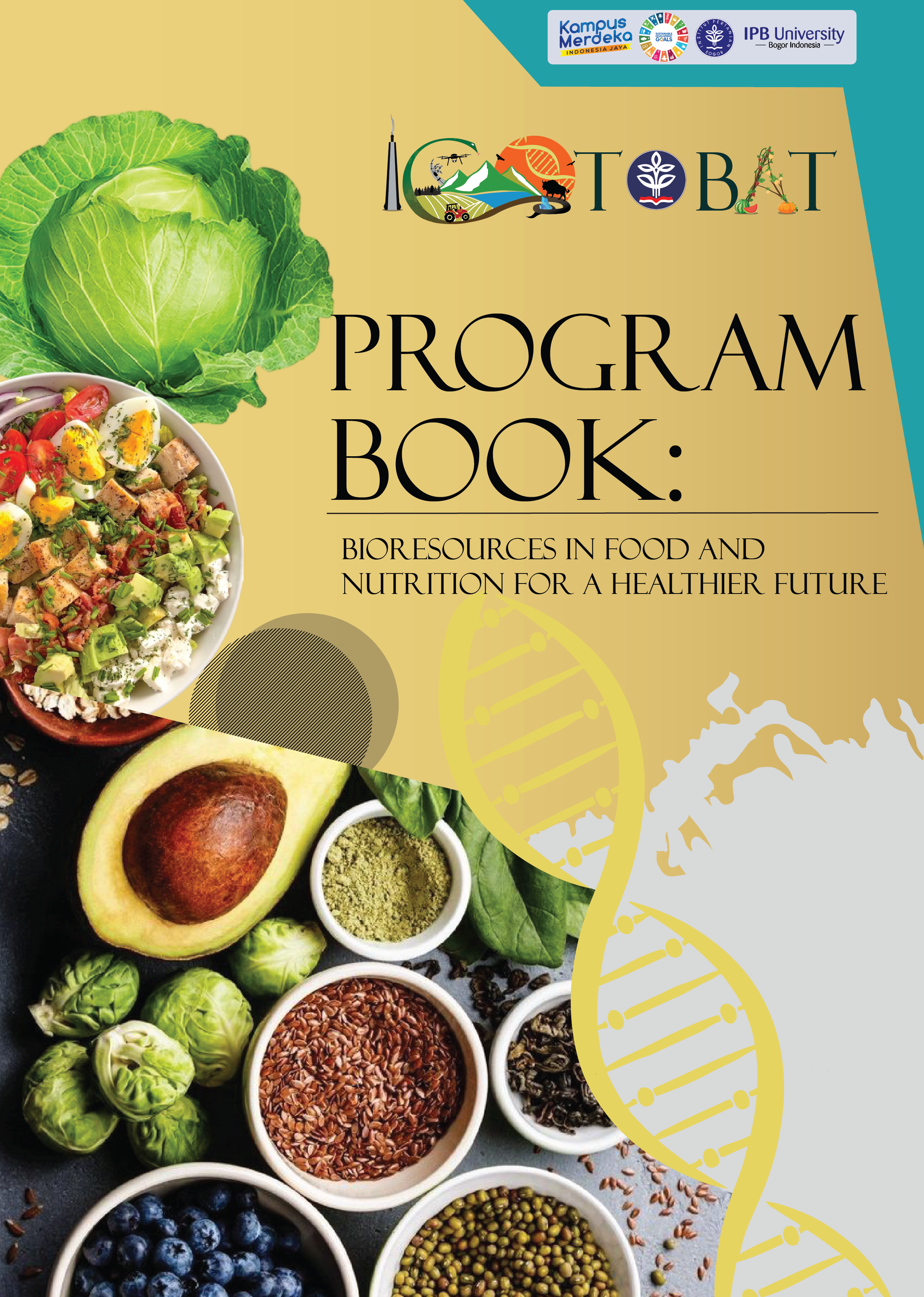Physical evaluation and tannin content in drying techniques of moringa leaves
Abstract
This study investigates the effects of the drying method on the physical quality of moringa leaves and the content of antinutrient tannins. The drying method determined the quality of the moringa powder. The drying used three methods: sun drying, cabinet drying (40 0C), and greenhouse drying. The product was compared with commercial moringa powder with the moisture content, brightness value, and tannin were 9.23%, 63.10, and 63.42 mg/100 g, respectively. The yields of moringa powder in three drying methods ranged from 18.8% to 20.5%, and water contents ranged from 8.13% to 9.93%. Cabinet drying had better physical quality of moringa powder than other methods. It reduced water content and maintained a brightness value of up to 56.20. Otherwise, sun drying reduced the tannin content to 42.55 (mg/100 g) from fresh leaves (86.19 mg/100 g), higher than cabinet drying and greenhouse drying, 47.02 (mg/100 g) and 46.82 (mg/100 g), respectively. These findings highlight the importance of selecting an appropriate drying method based on the desired outcome, whether it be optimizing physical quality or reducing antinutrient content, in the production of moringa powder. Further research could explore additional parameters and optimizations to enhance the quality and nutritional value of moringa products.





























